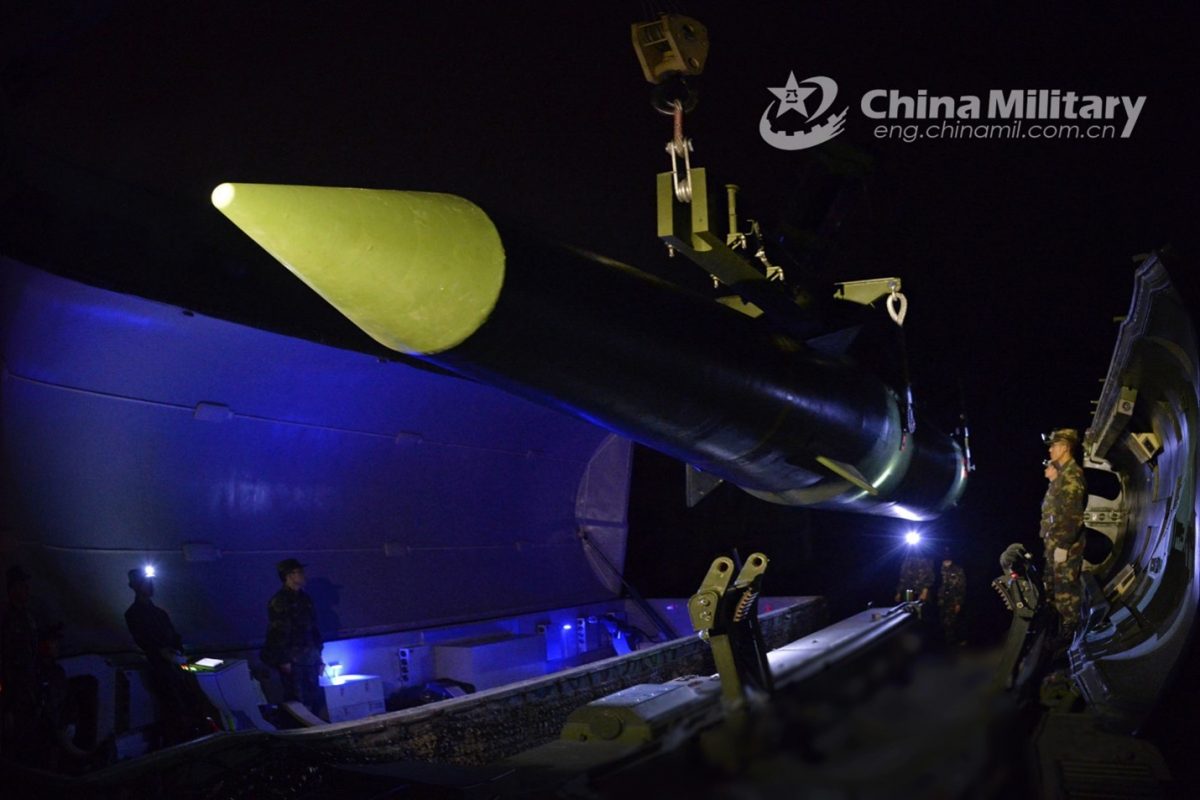Russia has the world’s largest nuclear arsenal, China’s equivalent will soon rival America’s. North Korea now has the ability to target mainland USA, and Iran is about to have atomic weaponry. Meanwhile, Washington’s strategic deterrent is showing its age.
A Heritage study argues that “During the Cold War, our nuclear arsenal served as the ultimate guarantor of American freedom and prosperity. Today, that arsenal is aged; the newest warhead is over 30 years old. Many are decades older. The United States is now in the 13th year of a nuclear modernization program designed to update and modernize America’s strategic deterrent. During those 13 years, the number of new nuclear warheads the United States has built is zero. In the last 12 months, China built 100 nuclear warheads. And it shows no signs of slowing down.”
The Nuclear Matters Handbook notes that “he average age of U.S. nuclear weapons is 40 years old at life extension or planned retirement—more than twice the original design lives. All life-extended weapons in the stockpile will reach the end of their planned lifetimes by mid-century, which in some cases is more than three times as long as they were designed to operate. Some components of those life-extended weapons (e.g., plutonium pits) have been reused as-is, meaning that those components have been in the stockpile for many decades beyond their originally projected lifespans, and will remain in the stockpile until they can be replaced. Similarly, U.S. nuclear delivery systems have all been sustained beyond their design lives. By 2035, 100% of U.S. nuclear delivery systems will have exceeded their design lives by an average of 30 years. By the early 2040s, 100% of U.S. nuclear delivery vehicles will have reached end of life. At retirement, both the air-launched cruise missile (ALCM) and the Minuteman III ICBM will be over 50 years into their 10-year design life. The Ohio-class SSBN is already beyond its projected lifetime, and the B-2A bomber and the F-15E dual-capable aircraft will both be approaching 40 years old before they are retired. The B-52 bomber will be about 100 years old when it is finally scheduled to retire in the mid-2050s. All current U.S. ballistic missile warheads were designed and built in the 1970s and 1980s, and their designs addressed specific Cold War problems from the 1960s. In the time of high stockpile numbers, U.S. nuclear tactics emphasized overwhelming adversary defenses using many weapons to defeat a single target and using as much yield as possible given space and weight constraints.”
Defense officials are clearly worried.
Gen. Anthony J. Cotton, commander of the U.S. Strategic Command, outlined the crisis while speaking at the Center for Strategic and International Studies. He noted the critical role of nuclear deterrence and its supporting platforms, particularly the Nuclear Command, Control and Communications system, in securing U.S. strategic dominance and maintaining global stability.
In a conversation with Aerospace Security Project Director Kari Bingen, Cotton explained that contemporary threats are markedly different from those envisioned by strategic planners when nuclear modernization efforts began over a decade ago. He noted that these efforts — originally designed amid low-intensity conflicts like the war on terror — now require significant adaptation to address the increasingly aggressive postures of adversaries like Russia and China.
“The world has changed since nuclear modernization efforts began,” he said. “Our posture must align with today’s reality, where nuclear weapons are foundational to adversaries’ strategies.” Cotton’s observation reflects a shift in global power dynamics, where nuclear capabilities are not merely a deterrent but a central element of adversarial strategies to challenge American interests.
“Russia’s evolving nuclear doctrine provides an example of these shifting dynamics. Recent statements from Russian President Vladimir Putin signal an expanded nuclear strategy, one that lowers the threshold for nuclear use and targets NATO alliances more directly. This shift aligns with broader Russian efforts to bully Western nations into withdrawing their support for Ukraine. Simultaneously, China continues its rapid expansion of nuclear capabilities while resisting international calls for transparency. Together, these adversaries present the Defense Department with an unprecedented “dual peer” challenge. The 2022 National Defense Strategy warns that simultaneous threats across multiple theaters could test the United States’ ability to respond effectively.
The article concludes tomorrow
Photo: Soldiers assigned to a brigade under the PLA Rocket Force use crane to hoist and load a ballistic missile system onto a missile launching truck during a night training exercise in early March, 2020. (eng.chinamil.com.cn/Photo by Zhang Feng)
